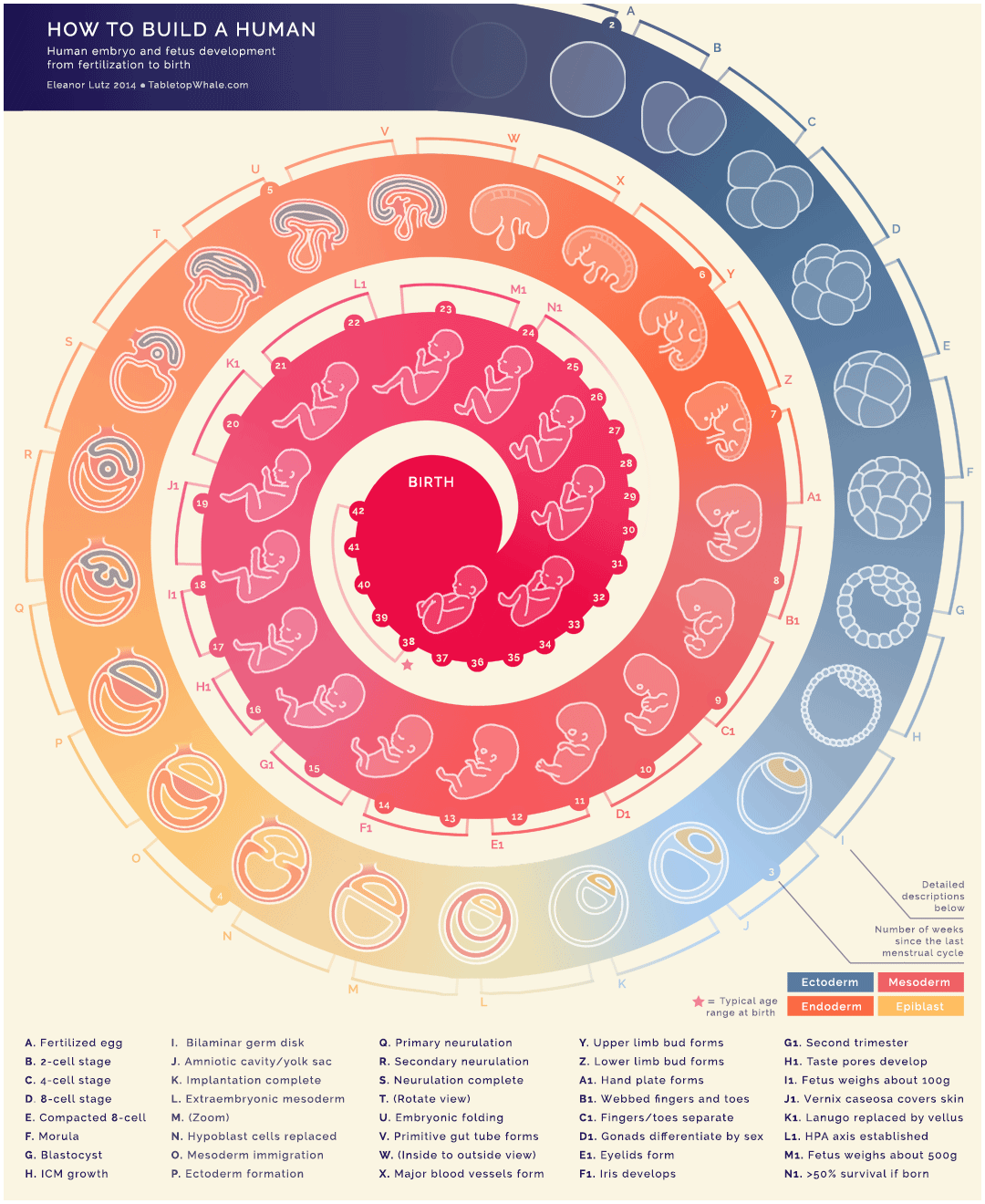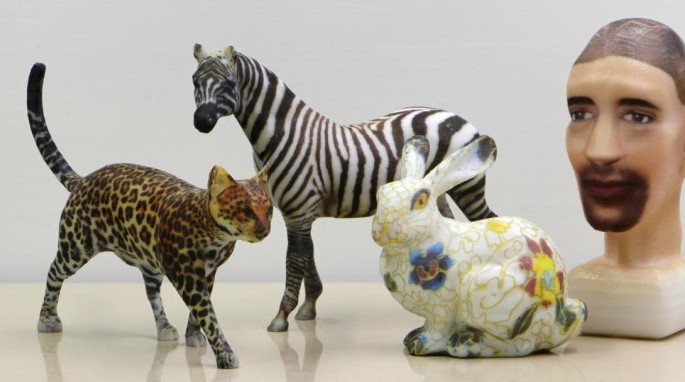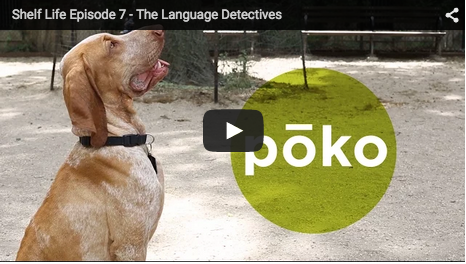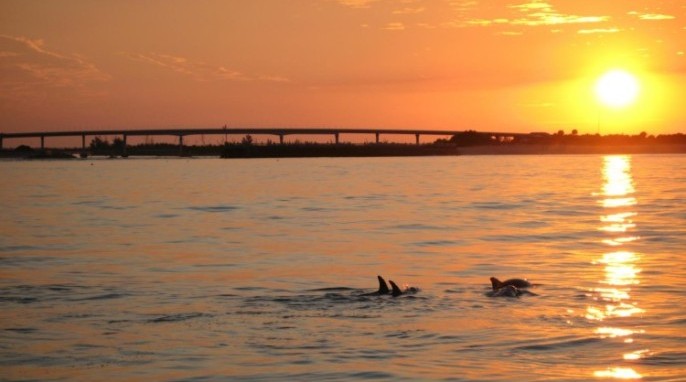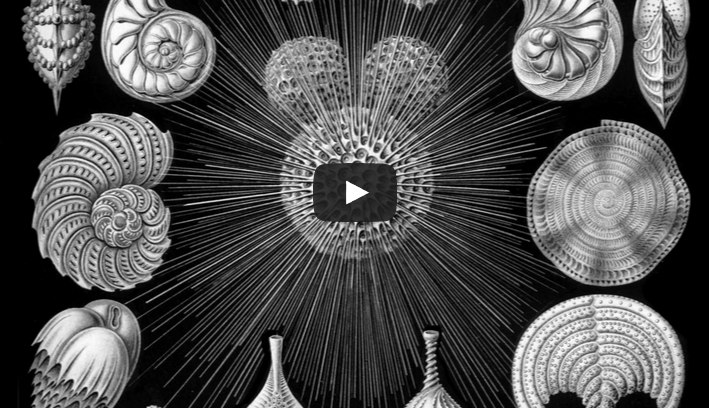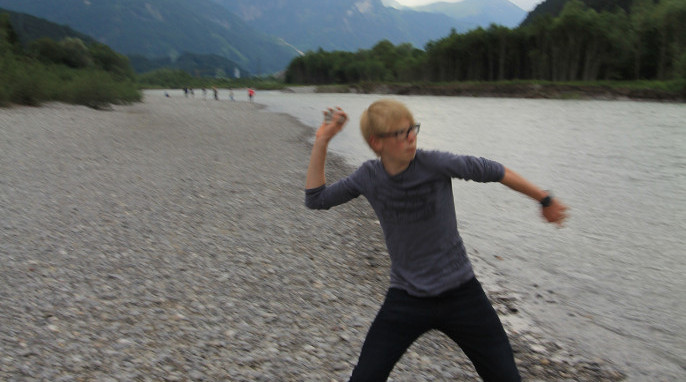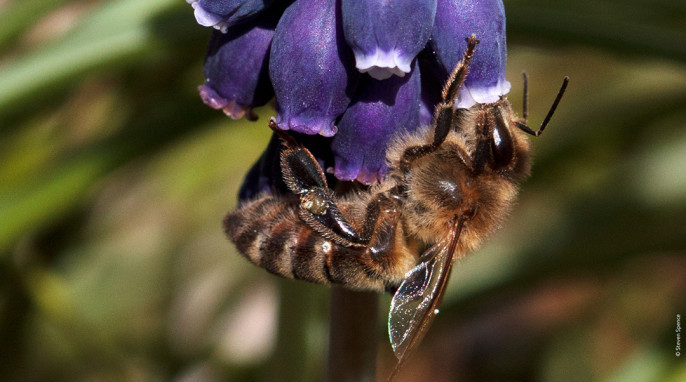Embryogenesis: How to Build a Human
Embryogenesis Illustrated This embryogenesis gif illustrates human embryo and fetus development from fertilization to birth. It is the work of graphic artist/biologist Eleanor Lutz. Here is what she has to say about this piece of science art: I’m actually really happy with how this turned out. I made this using 44 animations that are 9 frames each. That’s 396 sketches total – probably the most complicated GIF I’ve made so far. I am a little sad that I wasn’t able to show size properly though. For example. the 24 week fetus is…
Read More
